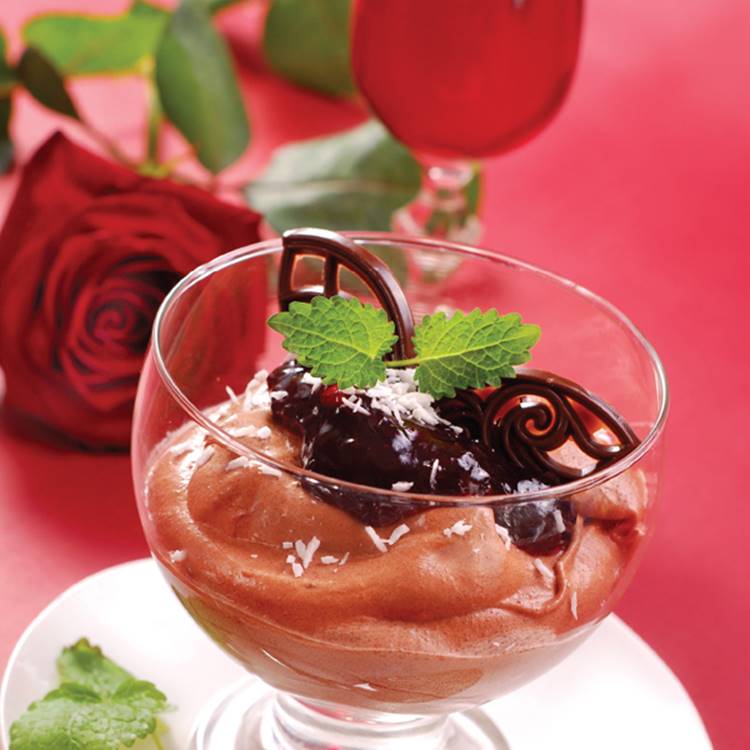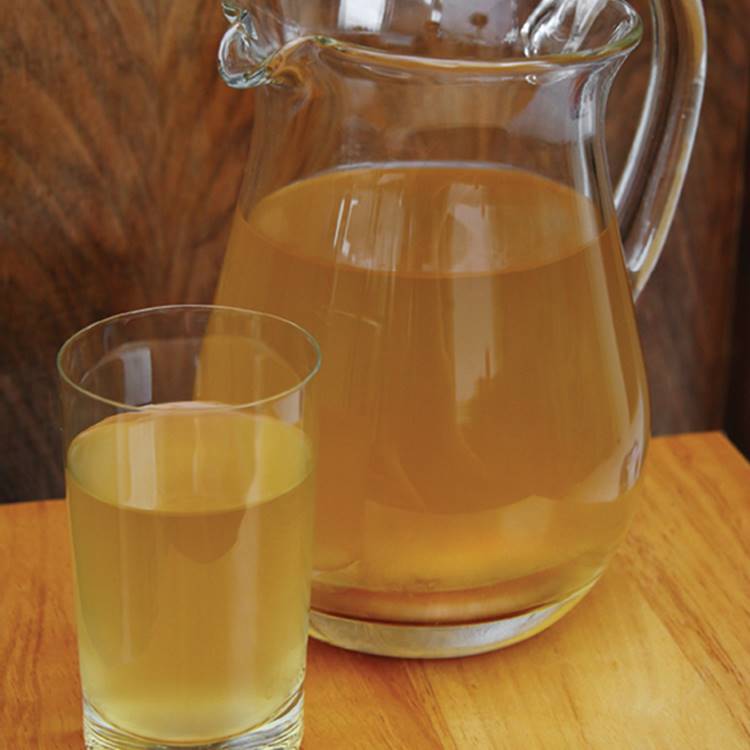In addition to the blended treats that appear in the chapter on smoothies and frozen desserts, there are many more ways to make probiotic desserts. The recipes in this chapter use yogurt, cottage cheese, kefir, or kombucha as main ingredients. You are welcome to add as much or as little sugar or sugar substitute as you wish. Aside from them all being probiotic, there is no other common thread between these desserts, so let’s get right to the recipes!
Peach Ice Cream
Makes about 2 cups
You can make this refreshing ice cream alternative even without an ice cream maker. It’s very low in fat and high in protein. Feel free to make it with other fruits instead of peaches. I made it with strawberries, which was delicious but quite sour (needing nearly two tablespoons of sugar). You control the sweetness by adding as much or as little sugar/sweetener as you wish, which will vary depending on the fruit and your tastes. My kids did not even guess there was cottage cheese in this!
• 1 cup cottage cheese
• 1 cup yogurt
• ½ cup milk or CRASH alternative
• 1½ cups sliced ripe peaches (or try substituting other fruit)
• 1 teaspoon vanilla extract, brandy, or peach liqueur
• Sugar, honey, or maple syrup (as needed)
• Optional: ¼ teaspoon cinnamon or ginger powder
Put all ingredients in a food processor or a good blender, then purée. Taste it and adjust sweetness by adding additional sugar, honey, or maple syrup as desired. Also, feel free to add a little more fruit if the taste is a bit bland.
If you have an ice cream machine, pour this mixture in and follow your ice cream machine’s directions. If you do not have one, then pour the mixture into a container with a lid and freeze it. In 45–60 minutes, take out the container and stir the ice cream. Scrape the frozen parts off the edges and bottom and stir them into the middle. Then put it back in the freezer and repeat this procedure (checking, scraping the sides, and stirring) every 30 minutes.
Each time you do this, the ice cream will be thicker, and once it reaches the desired consistency, you can eat it. Depending on your freezer, you should have soft serve-style ice cream within about 90 minutes to 2 hours. At that point, it can become thick ice cream with one more 30-minute stir.
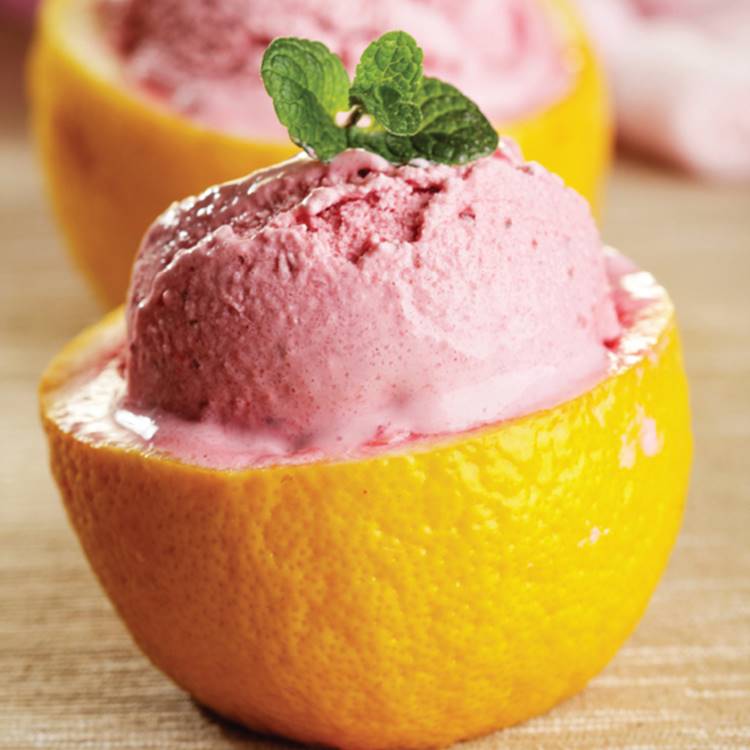
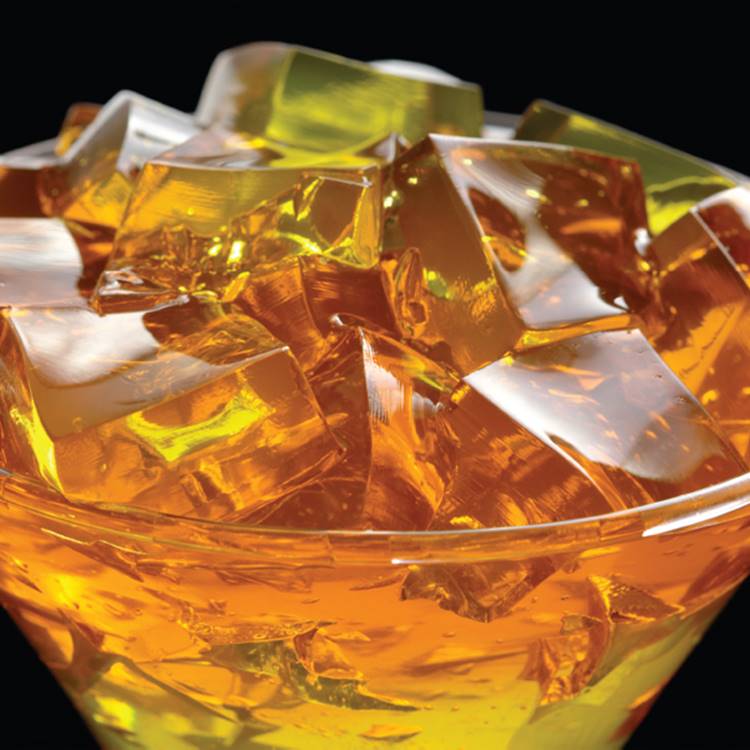
Kombucha Jelly Squares
Makes one 9 x 13 inch pan of jelly squares
If you like Jell-O™, then try making this probiotic alternative using kombucha, water kefir, or natural cider. You can make these squares in any flavor you wish. To keep the flavoring simple, this recipe incorporates one of the homemade soda syrups covered in this book (please see the chapter on making natural sodas for the recipes). Alternatively, you could use some maple syrup, chocolate syrup, or fruit jam. If you prefer a savory version, then skip the sweetener and try using some tomato juice, kale juice, or carrot juice, perhaps with a twist of lime and a little sea salt.
• 3 cups kombucha
• 1 cup homemade soda syrup (see chapter on making natural sodas for recipes)
• 1 tablespoon or more sugar, honey, maple syrup, or other sweetener
• 5 tablespoons gelatin or agar agar
Combine half of the kombucha in a pan with your soda syrup and sugar/sweetener. Follow directions on the package for your gelatin or agar agar, adding this to the sweetened/flavored kombucha, heating it, and stirring it as needed on the stove. As the mixture cools (again, following the gelatin or agar agar recipe on your package), add additional kombucha. Pour and spread on a baking sheet or jelly mould and let it cool. If you are using gelatin, you probably will need to cool this in the refrigerator, while the vegetarian alternative agar agar should firm up at room temperature. Once it is firm, cut the jelly into squares to serve.
Thanksgiving Cranberry-Orange Relish
Makes about 3 cups of relish
This autumn, relish may become a new classic in your kitchen. It’s a great dish for Thanksgiving dinner in the United States and Canada (or anywhere else). Don’t tell them it’s naturally fermented until after they’re done eating it … see if anybody noticed!
• 3 cups fresh cranberries
• ½ cup chopped orange
• ¼ cup sugar
• 1 teaspoon sea salt
• ½ cup orange juice (freshly squeezed is best)
• ½ cup yogurt whey or water kefir
• Optional: dash of cinnamon, a little lemon juice
Place all ingredients in a food processor and “pulse” it until pieces are finely chopped, but not yet puréed. Transfer relish into a jar, stone crock, or bowl. Cover with cloth and let it sit for 2–3 days or until the taste is right for you (if you plan to serve it to fermentation newbies, then do not let it get too sour). If needed, add a little more sugar or honey to sweeten it up before eating.
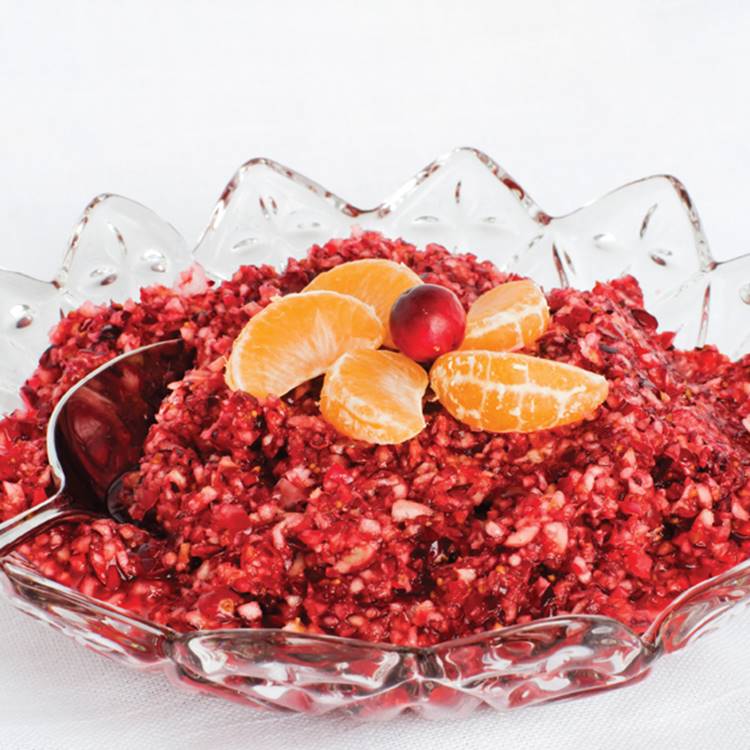
Greek Yogurt Cheesecake Bites (Gluten-free Option)
Makes one 8 x 8 inch cheesecake, 16 large bars, or 64 one-inch bites
This “no-bake” recipe replaces half of the cream cheese in cheesecake with Greek yogurt (homemade yogurt strained in tight cheesecloth for 3–5 hours or in a refrigerator overnight). The yogurt makes it more moist on top and less firm overall, so you need to be careful cutting it. For that reason, I recommend simply spooning the filling on top of the crust and then cutting it squarely into whatever serving size you want. This still is high in fat, sugar, and calories (hey, it’s cheesecake!), but these evils are greatly reduced from regular cheesecake. Also, who needs a whole slice? See if a 1-inch bite gives you enough of a fix, and then invite 63 of your closest friends to share the rest.
Graham cracker crust:
• 2 cups graham cracker crumbles
• ⅓–½ cup melted butter
• ¼ cup sugar or substitute
• Pinch of sea salt
Press ingredients into bottom of an 8 x 8 inch pan. Cooked: Bake for 10 minutes at 400°F. Raw: Refrigerate for 1–2 hours.
Gluten-free crust:
• 1½ cups quick-cooking (instant) gluten-free oats, blended for 10 seconds on pulse
• ½ cup ground walnuts or pecans
• ½ cup brown sugar
• ⅓ cup to ½ cup melted butter
• Pinch of sea salt
Press ingredients into bottom of an 8 x 8 inch pan. Cooked: Bake for 10 minutes at 400°F. Raw: Refrigerate for 1–2 hours.
Filling:
• 1 cup (one 8-ounce/226-gram package) regular cream cheese, preferably a brand that contains live cultures, warmed to room temperature
• 1 cup Greek yogurt (homemade yogurt strained in tight cheesecloth for 3–5 hours or in a refrigerator overnight)
• ⅔ cup to 1 cup sugar or substitute
• ¼ cup lemon juice
• Zest of 1 lemon
• 1 teaspoon vanilla extract
• Pinch of sea salt
Prepare the crust in advance. Place all ingredients for the filling in a food processor or high-quality blender. Blend the filling until it is very smooth. Using a spoon or rubber/silicon spatula, scrape and pour filling mixture into crust. Smooth out the top, cover loosely (so cover does not stick to filling), and put cheesecake in the refrigerator to cool for 24 hours. If you have enough space in the freezer, you can put it in there for a few hours, too, for a firmer, semifrozen treat! Feel free to top the cake with fresh fruit, chocolate syrup, or any of the homemade soda syrups in this book (see soda chapter for recipes). Cut into bars or squares with a sharp knife and serve.
Chocolate Coconut Pudding
Makes about 3–4 cups
This pudding is made from puréed young coconut, which is cultured. You will need to use young green coconuts and not the hairy brown ones. In North America, young coconuts are often available in Asian and Latin American grocery stores; generally, their green skin has been hacked off, leaving them with a pointed or chiseled shape. Cut into the top with a heavy cleaver knife, pour out the coconut water and save it, and then scoop out the coconut meat. If you cannot find young coconuts, then you can use canned or frozen (and thawed) coconut purée.
• Meat of 3–4 young coconuts, scooped out (pour out the water and save this, too)
• 2 tablespoons yogurt whey or water kefir
• 1–3 tablespoons chocolate chips (melted and cooled slightly), chocolate syrup, or cocoa powder
• ½ cup or more coconut water
• Dash of cinnamon
• Optional: 1 tablespoon honey, maple syrup, or other sweetener
Purée all ingredients in a food processor or blender. Place pudding in a bowl or container, cover loosely, and let it ferment. Feel free to taste this and eat it whenever you wish, probably in around 2–4 days. With the rest of the coconut water, you can make a great probiotic drink by popping in some water kefir grains and culturing it into coconut water kefir.
